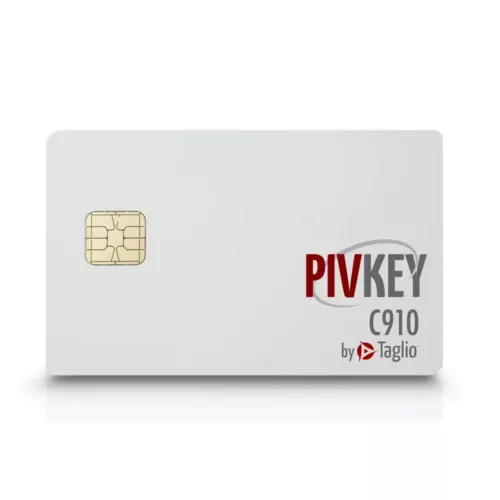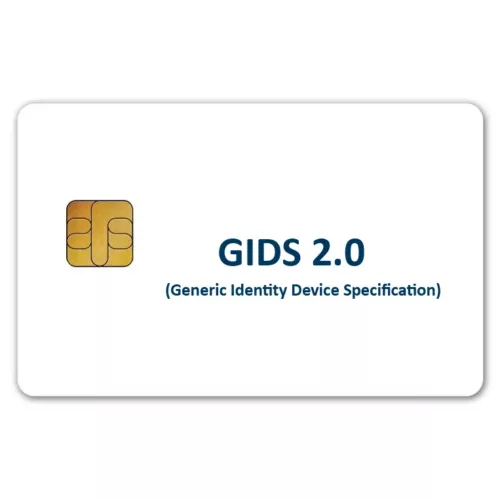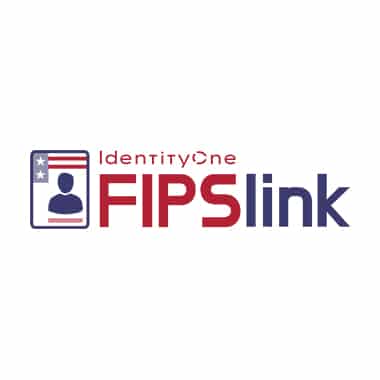Mutual authentication or two-way authentication (not to be confused with two-factor authentication or 2FA) refers to two parties authenticating each other at the same time in an authentication protocol. It is a default mode of authentication in some protocols (IKE, SSH) and optional in others Transport Layer Security (TLS) protocol.
Mutual authentication is a desired characteristic in verification schemes that transmit sensitive data, in order to ensure data security. Mutual authentication can be accomplished with two types of credentials: usernames and passwords, and public key certificates.
Mutual authentication is often employed in the Internet of Things (IoT). Writing effective security schemes in IoT systems can become challenging, especially when schemes are desired to be lightweight and have low computational costs. Mutual authentication is a crucial security step that can defend against many adversarial attacks, which otherwise can have large consequences if IoT systems (such as e-Healthcare servers) are hacked. In scheme analyses done of past works, a lack of mutual authentication had been considered a weakness in data transmission schemes.
The mutual authentication process involves the following certificates:
Root CA certificate
- Used to identify a certificate authority (CA) that signed a client’s certificate. It is a self-signed certificate that meets the X.509 standard, defining the format of public key certificates. In IoT products, clients upload a root CA certificate or a certificate chain to verify that the certificates that client devices send to edge servers can be trusted. See Upload the Mutual Authentication root certificate.
Server SSL certificate
- Used to identify edge servers to client devices over TLS and to establish a secure connection during the TLS handshake. It is the enhanced TLS certificate that you provide in your property configuration. See Associate a property hostname to an edge hostname.
Client SSL certificate
- Used to identify client devices to edge servers over TLS. This certificate must meet the X.509 standard, defining the format of public key certificates.




